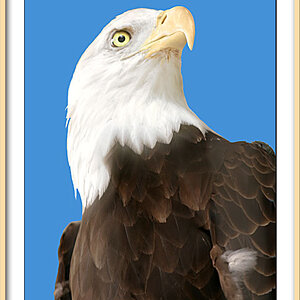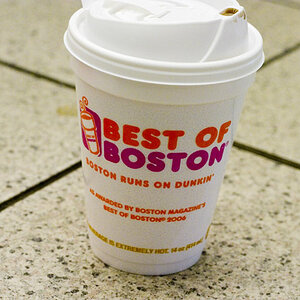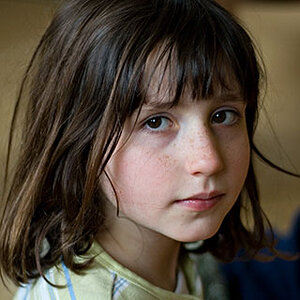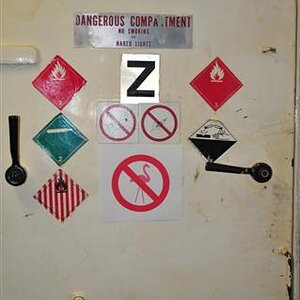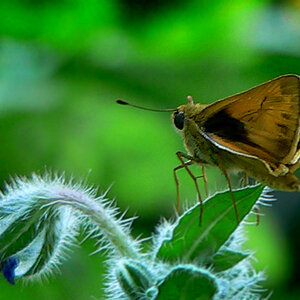kahulani
TPF Noob!
- Joined
- Oct 29, 2009
- Messages
- 27
- Reaction score
- 0
- Website
- www.mangohillphotography.com
- Can others edit my Photos
- Photos OK to edit
How do you make your own, and more importantly, if I am shooting a portrait, but don't have anyone to hold the reflector, what's the advice? Do I just put it on the ground?


![[No title]](/data/xfmg/thumbnail/42/42061-9f4eb186c434652d6587c8bcdde59502.jpg?1619739997)
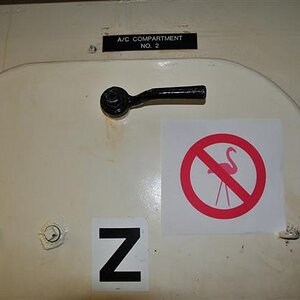
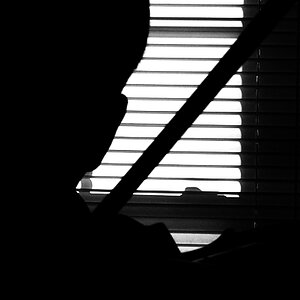
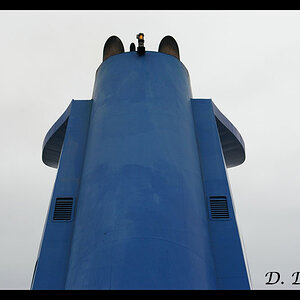
![[No title]](/data/xfmg/thumbnail/42/42059-61b97bbebb00e6276672551f4e3b3e43.jpg?1619739995)
